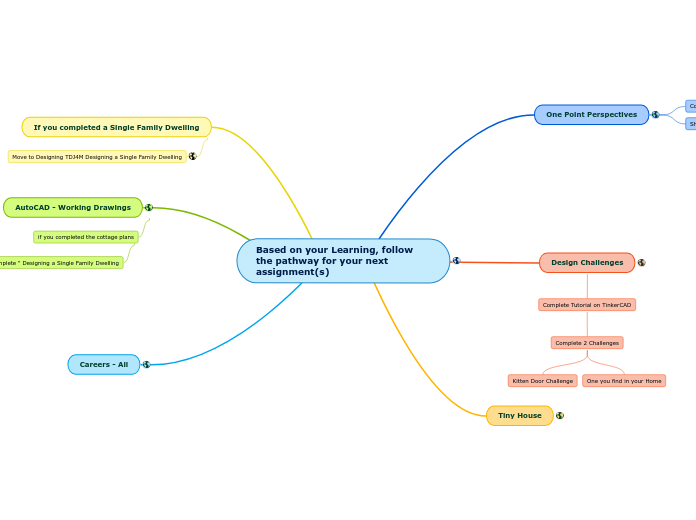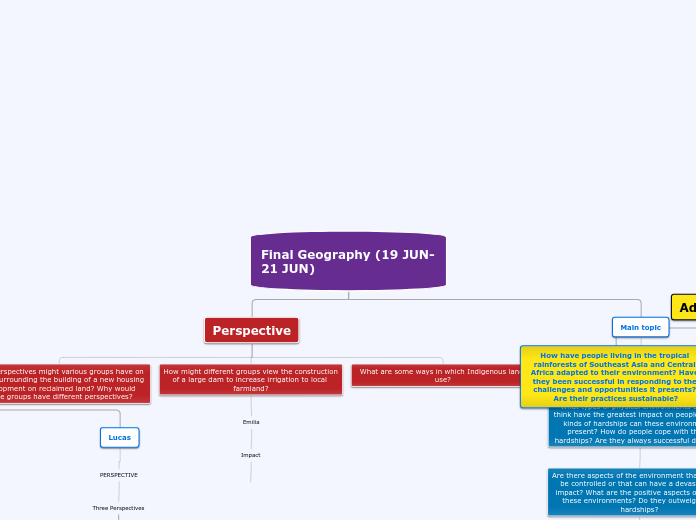作者:Callum Lawless-Evans 2 年以前
118
GUIDE TO TRUTH STEPS TO FINDING THE TRUTH
In the quest for truth, it's essential to navigate the pitfalls of misinformation. Key strategies include scrutinizing the sources of any information presented, ensuring that articles or posts link to credible evidence.









